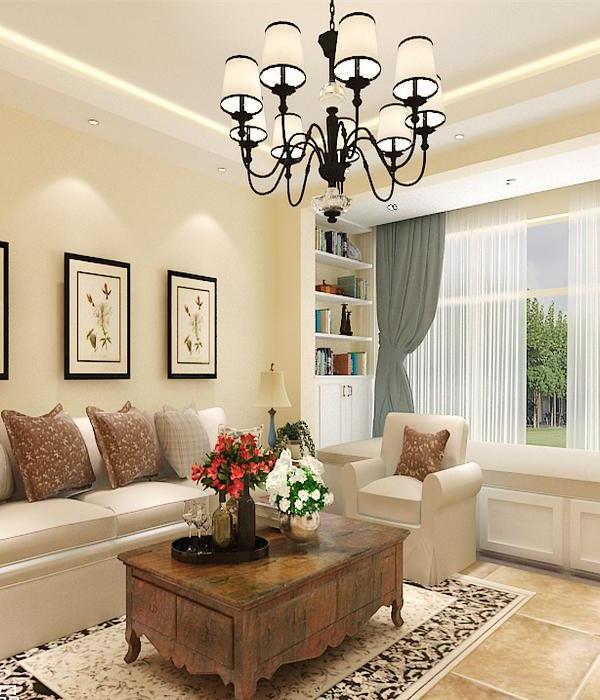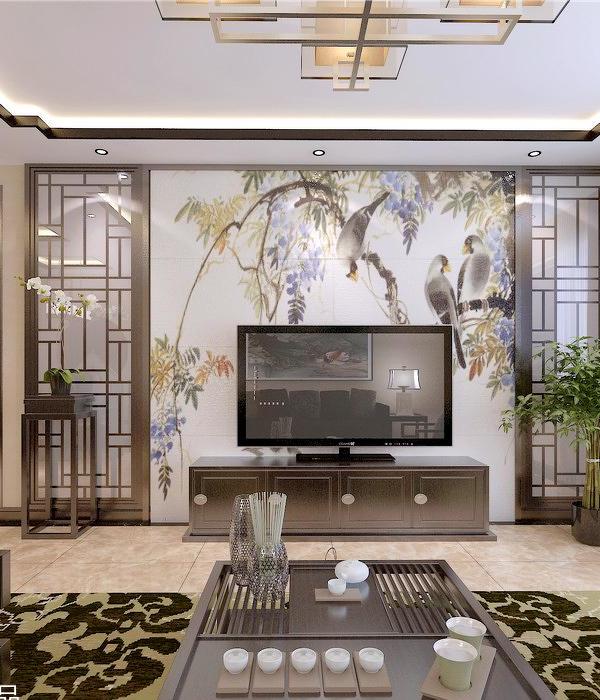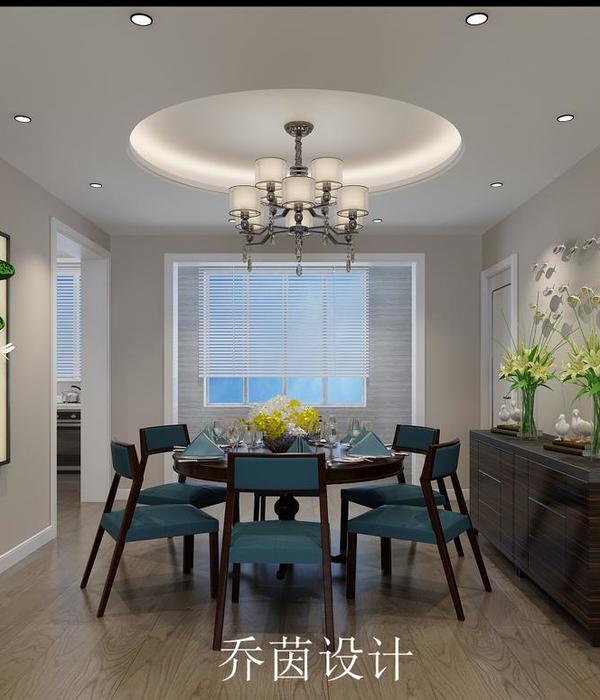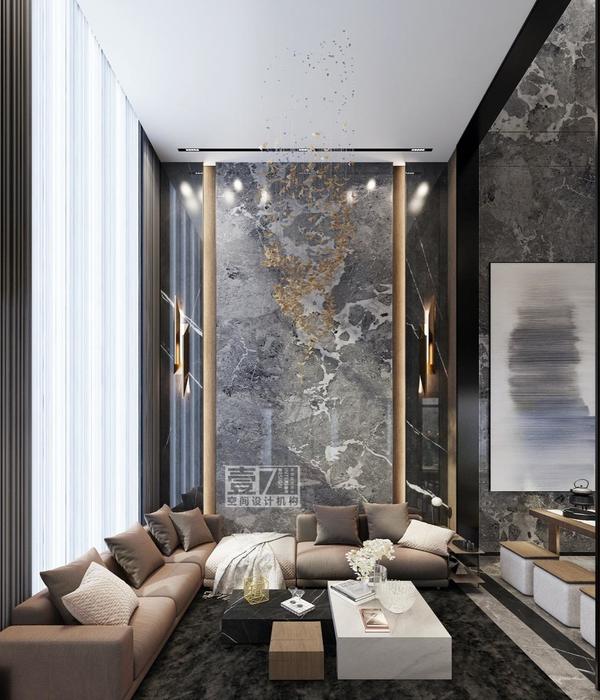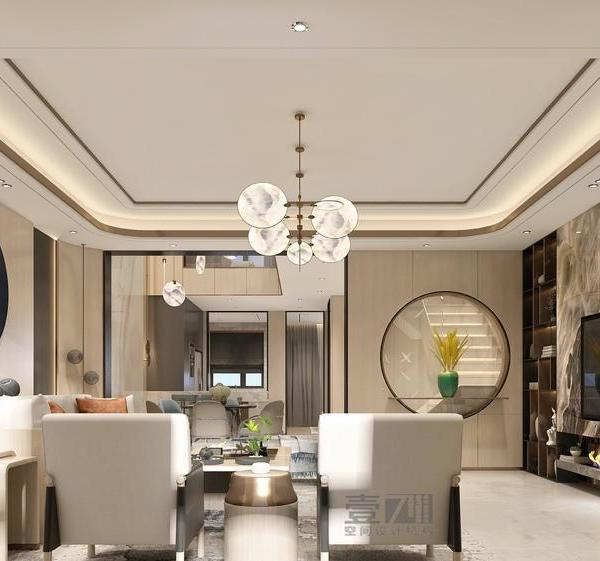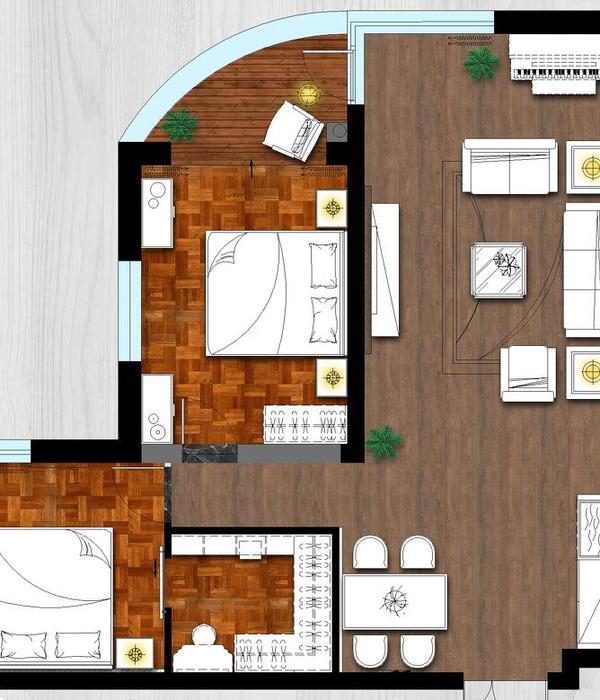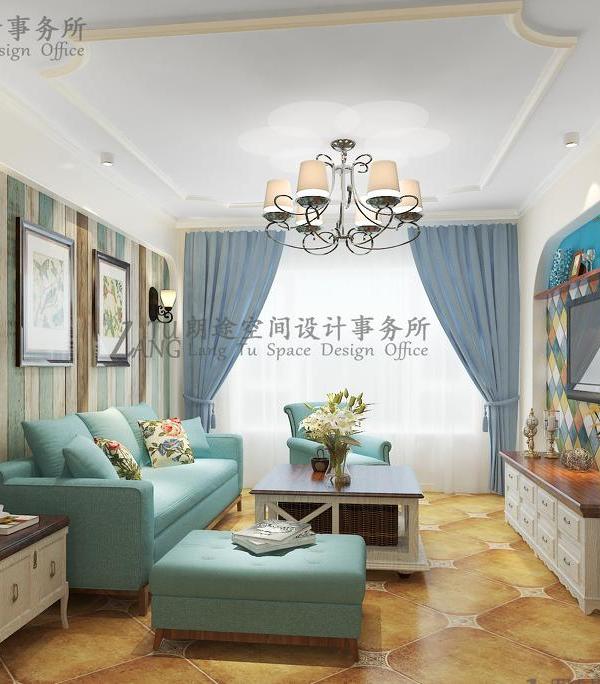Sustainability characterizes the project on many levels. A high building density ensures that the land is used sparingly. The different types of housing ensure a good social mix, the townhouses in the north do not have a basement in order to also enable affordable owner-occupied housing. The construction method is committed to the idea of sustainable, climate-friendly building. The buildings are constructed as KfW-Efficiency House 55 model and have an annual primary energy requirement of no more than 55% compared to a new building in accordance with the specifications of the German Energy Saving Ordinance. The entire facility is supplied with heat via a central wood pellet heating system. Extensive green roofs store rainwater, improve the surrounding climate by cooling and humidifying the air, protect buildings from cold and heat and provide habitats for animals and insects. The rainwater infiltrates to a large extent on the property via infiltration troughs in the gardens.
All buildings are constructed in wood-hybrid construction. The structure is made of recycled concrete. The raw materials come from the local demolition and recycling company. The demolition of the old indoor swimming pool was reused in the construction of the new building. The façade elements were prefabricated in the factory as wooden stud walls including windows. Wood and mineral wool are the main components of the facades. Besides the construction itself, wooden windows and doors are used. A mineral plaster as well as ecocide- and solvent-free silicate paints for the visible wooden facades guarantee a sustainable, diffusion-open system. The client completes the good sustainability balance by commissioning almost exclusively local companies to carry out the construction work, thus reducing transport costs and the consumption of resources, as well as strengthening the Kirchheim location economically: a new quarter for and by Kirchheim citizens.
{{item.text_origin}}

